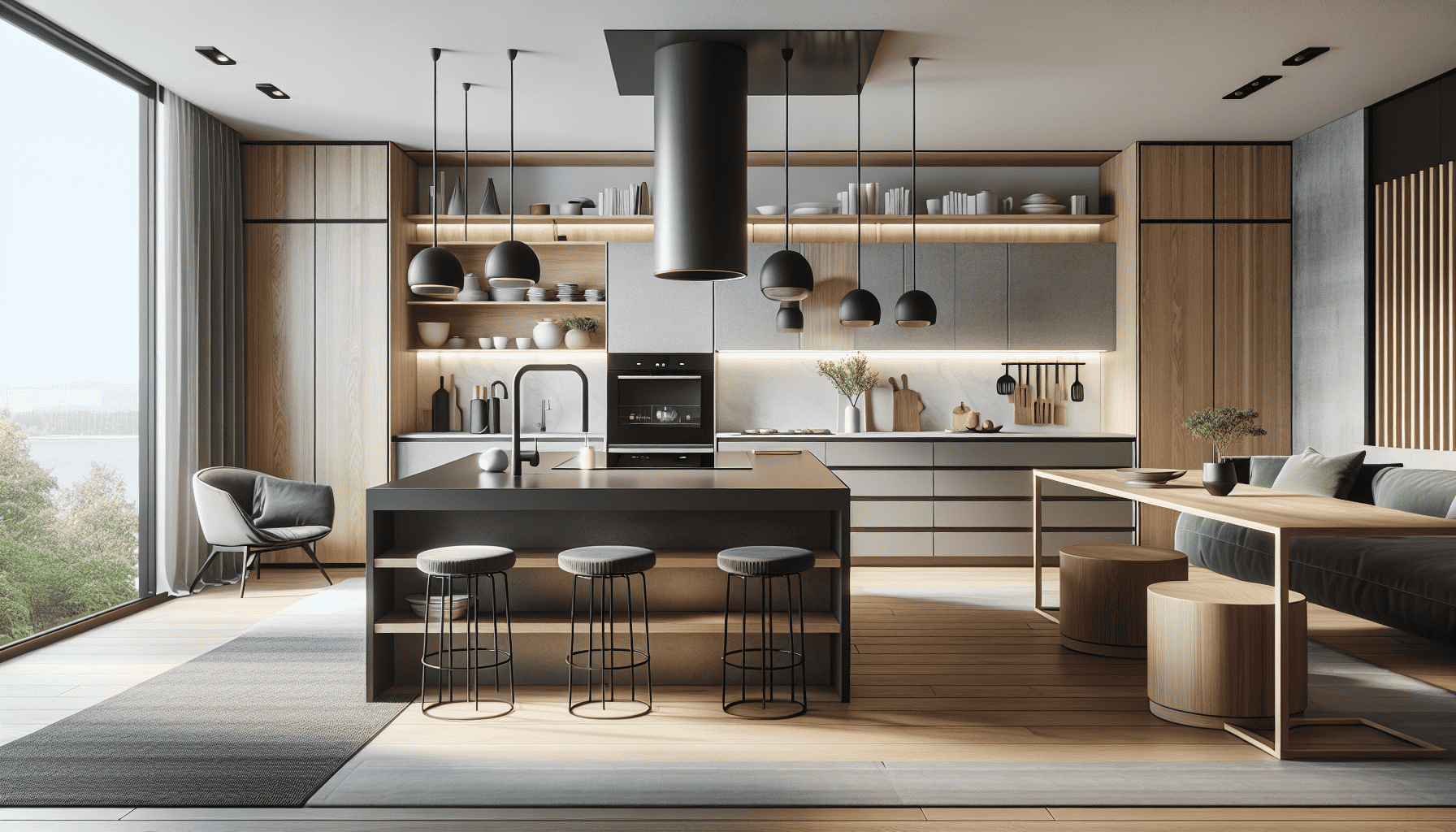Creating a sustainable kitchen is no longer just a trend; it’s a thoughtful choice that combines eco-friendliness with modern design. As more homeowners become environmentally conscious, the demand for kitchens that minimize environmental impact while maintaining aesthetic appeal is on the rise. Here's how sustainable kitchen designs are transforming homes around the world.
Materials Matter
One of the most significant aspects of a sustainable kitchen is the use of eco-friendly materials. Reclaimed wood, bamboo, and recycled metal are excellent choices for cabinetry, countertops, and flooring. These materials not only reduce waste but also add a unique character to the kitchen. Opting for sustainably sourced materials ensures that your design choices do not contribute to deforestation or environmental degradation.
Energy-Efficient Appliances
Choosing energy-efficient appliances is a crucial step in designing a sustainable kitchen. Look for appliances with the Energy Star label, which indicates reduced energy consumption and lower utility bills. Modern refrigerators, dishwashers, and ovens are now available with advanced technology that conserves energy and water, making them an integral part of any eco-friendly kitchen.
Water Conservation
Water conservation is a key component of sustainability in the kitchen. Installing low-flow faucets and energy-efficient dishwashers can significantly reduce water usage. Additionally, consider incorporating a water filtration system that eliminates the need for bottled water, further reducing plastic waste.
Lighting Choices
Lighting is another area where sustainable choices can make a significant impact. Implementing LED lighting not only cuts down on energy usage but also provides a brighter, cleaner light compared to traditional bulbs. Natural lighting is another valuable asset; using large windows or skylights can reduce reliance on artificial lighting during the day, enhancing both sustainability and the ambience of the kitchen.
Waste Management
An element often overlooked in kitchen design is waste management. Integrating a comprehensive recycling and compost system can greatly reduce the amount of waste sent to landfills. Consider built-in bins for sorting recyclables, composting organic waste, and disposing of trash, making it easier to manage waste responsibly.
Locally Sourced Products
Sustainability also means supporting local economies by sourcing materials and products locally. By choosing local manufacturers and artisans, you not only reduce the carbon footprint associated with transportation but also support the local community.
Timeless Design
Sustainable kitchens are designed to be timeless, avoiding trends that may lead to frequent updates or redesigns. By choosing classic designs and durable materials, you ensure that your kitchen is built to last. This approach not only saves resources but also prevents unnecessary waste from renovations.
Conclusion
Sustainable kitchen designs are all about creating a space that respects the environment while meeting modern needs. By focusing on eco-friendly materials, energy efficiency, water conservation, responsible waste management, and timeless design, you can achieve a kitchen that is both beautiful and sustainable. As the heart of the home, your kitchen can serve as a powerful statement of your commitment to the environment without sacrificing style.
